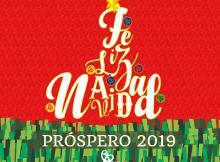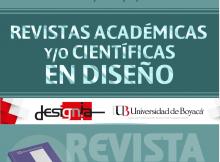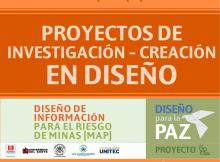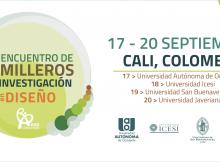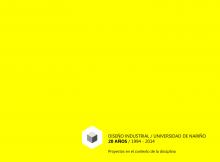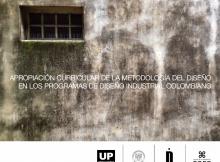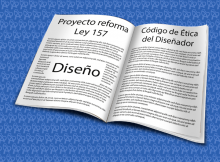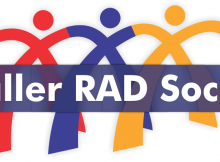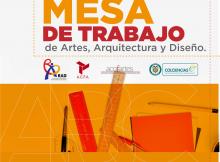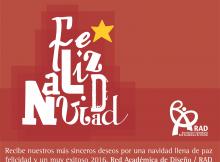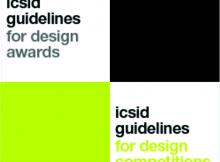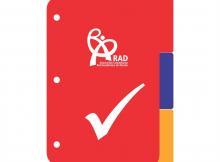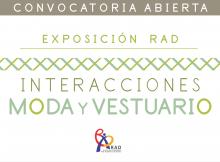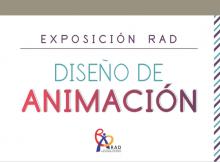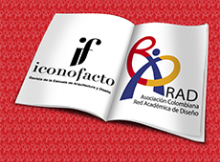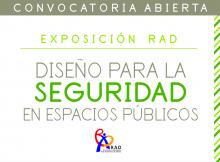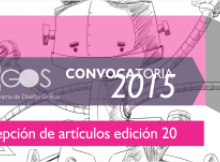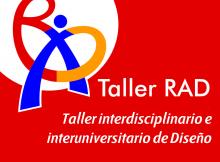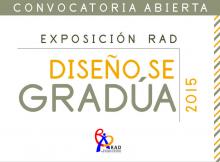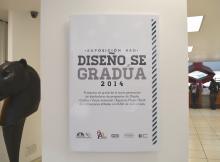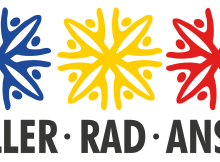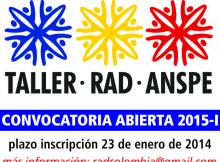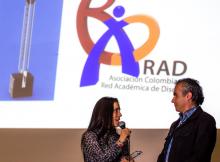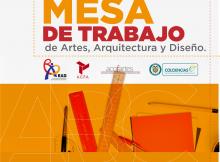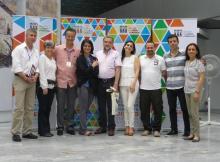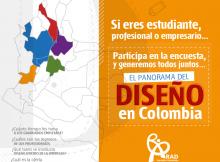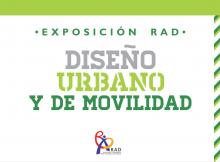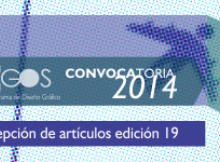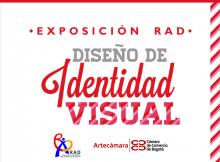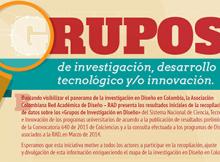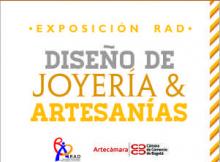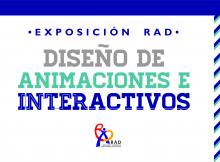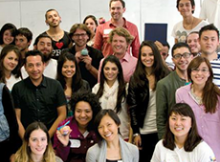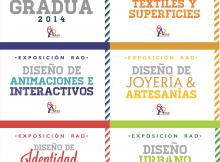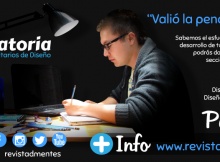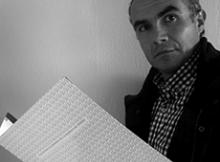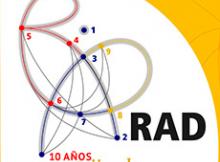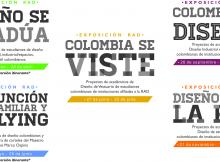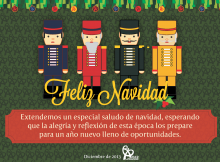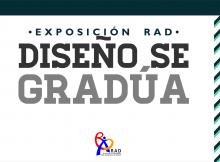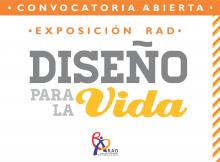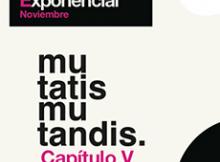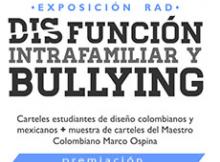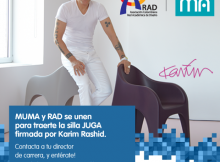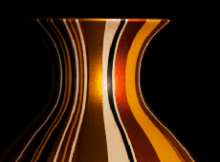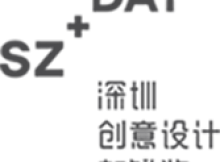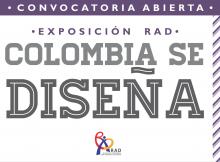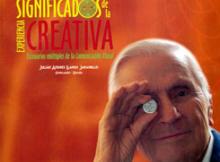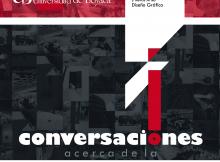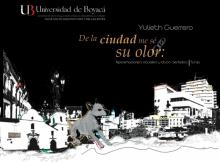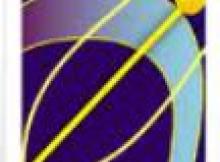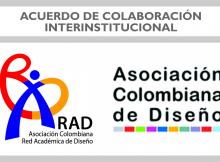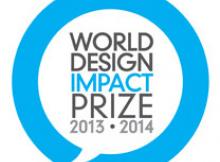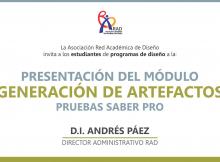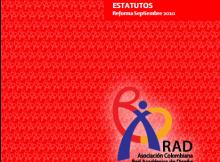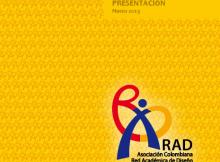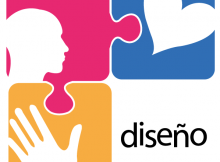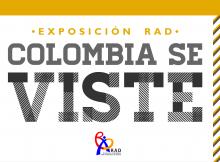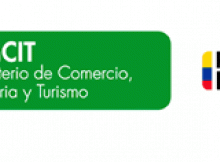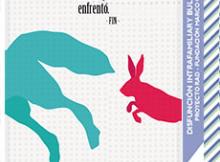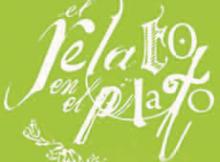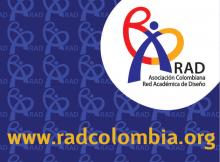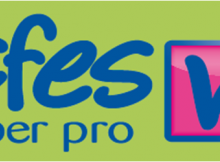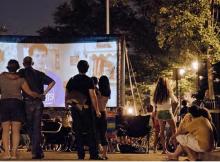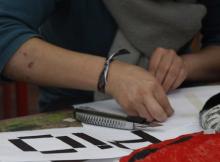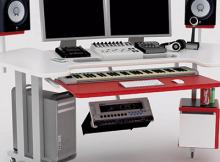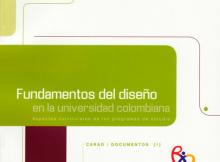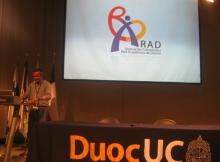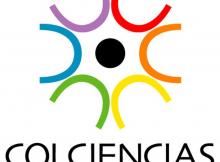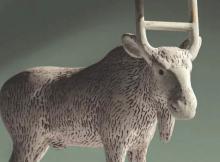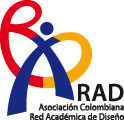Evento
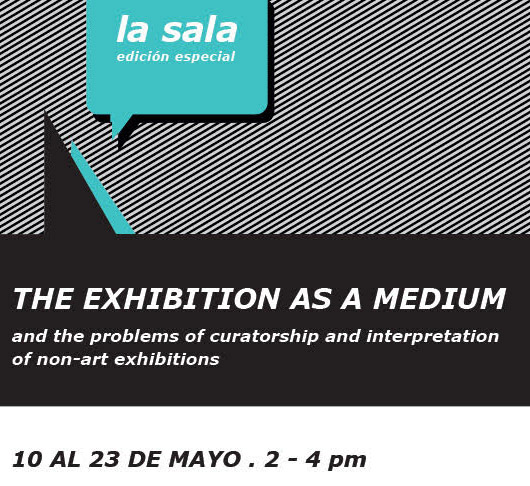
The Exhibitioin as a Medium
La universidad de los Andes, invita del 10 - 23 de Mayo y estará ofreciendo el curso "The Exhibition as a Medium" Los cupos son limitados y se asignarán en orden de inscripción, el curso no tiene costo, es en inglés.

Seminars on curating non art exhibitions and museums
Introductory remarks
Museums and temporary exhibits are now a strategic aspect of all cultural policies, because they are an essential connection between art, history, heritage and the physical geography of cities and territories, and also because they attract that essential aspect of cultural consumption that is tourism, including the growing phenomenon of visiting one's own places as if they were stranger.
The art of curatorship, though, is one of the least formalized of all cultural professions, and the few courses in "curatorial studies" that exist in some universities, particularly in North America, are generally addressed exclusively or almost to art historians or to the specialists in contemporary arts. Other kinds of museums and exhibits, in fields like history, collective memory, technological and social change, anthropology, have become a pervasive phenomenon particularly in the last 30 years, but the activities connected to projecting, curating, managing them are generally left to the intuition and good taste of curators without a formal training in this language. Also, the transition from a communication essentially based on objects and fixed images to a large use of video and forms of interaction has been adopted often as an inevitable modernization, but it has much more rarely formed the theme of discussions in depth.
Prof. Ortoleva, who has curated many exhibitions particularly in the fields of social history and communications, will propose to other curators (art and non art, including science and technology) a discussion on some of the most problematic aspects of this emerging profession: the ways in which exhibitions and museums are projected and the differences from other arts of projecting (architecture, film, etc.), the dialogue between different competences, the role of the contemporary (and older) media, the difference between temporary exhibitions and museums. And he will invite curators to share experiences and problems, as a possible way to start thinking of making curatorship a critically self-conscious profession.
The goals of the seminar
-to start discussing curatorship (particularly in the non art field) as a profession, and to think its
specificities in the variety of cultural professions
-to discuss what makes the project of a museum, or an exhibit, successful, and from which
points of view
-to critically appreciate the possible role of contemporary media, particularly of interactive
digital media in an exhibition, and the connections between physical visit and virtual visit
-to create a possibility for an exchange of experiences that will possibly form the basis of an
international network
-to critically analyze the reasons of the recent growth in the public consumption of exhibitions
and museums, and to distinguish various types of public and of forms of consumption
-to discuss the different professions involved
-to discuss how the institutional and financial life of non art exhibitions has been changing in
the last few decades, comparing different cases.
